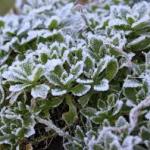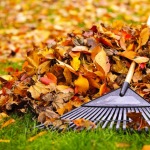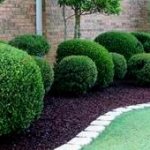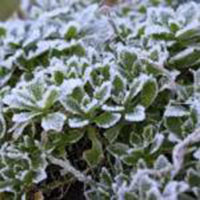PREPARING YOUR GARDEN FOR WINTER

WINTERIZE YOUR WATER
Outside hose lines and irrigation systems must be properly closed for the winter. If not, pipes can freeze and break, potentially causing enormous water damage inside and out. Make sure to close off all outside hose bibs and water lines running around the foundation or to accessory buildings like a garage or pool cabana. For your automatic irrigation, it’s not as simple as turning the manual shut off valve! The system needs to be “blown out” to remove any water that may be lingering in the irrigation lines so that they don’t freeze and break .This is a task for your irrigation contractor so don’t forget to get on his calendar in time.
CUT BACK PERENNIALS
In late fall perennials need a good haircut to keep the garden looking tidy, as well as to prevent mold and fungal born diseases from developing during months of winter precipitation. Cutting back also gives perennials a clean start from their base in the spring. Some perennials, however, especially grasses, maintain an interesting winter structures. They have architectural merit and can be left to decompose naturally over the winter and cut back in late winter/early spring.
LEAF CLEANUP AND COMPOST

MULCH
It’s not too late to get down a 2″-3″ layer of hardwood mulch. Mulch
WILT PRUF
Evergreens, particularly ones with broad leaves (laurels, rhododendrons, pieris, mountain laurel) suffer the most in winter from wind, dehydration and browning/burning of leaf surfaces. This results in unsightly damage to new and older plantings, as well as plant death. Spraying a coating of Wilt Pruf, an anti-desiccant can help in preventing winter damage on evergreens. It’s a waxy coating that is sprayed onto the plant leaves to provide a layer of protection. It’s not a guarantee but it’s an aid that is well worth the investment Note: Wilt Pruf needs to be applied when temperatures are above 40 degrees.
Please contact Mierop Design for assistance with any of the above services.


